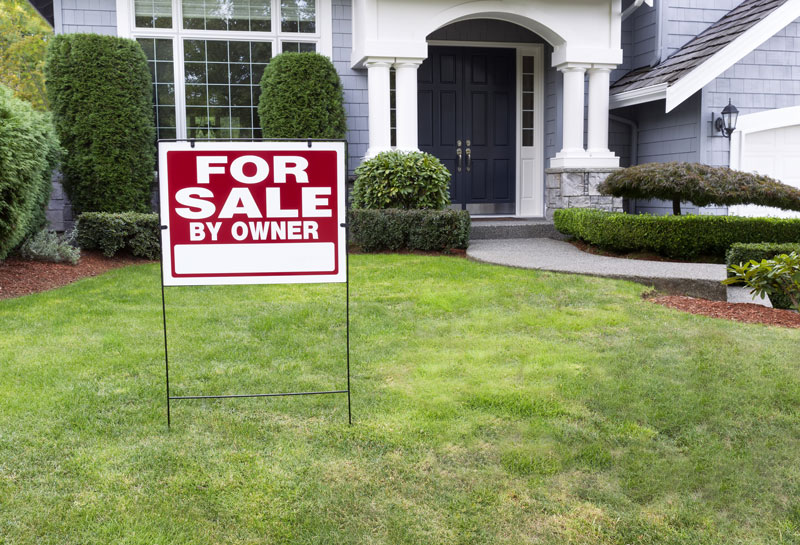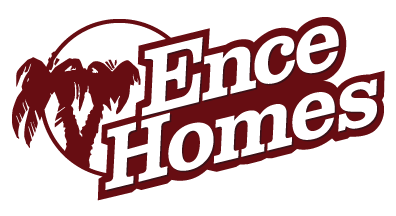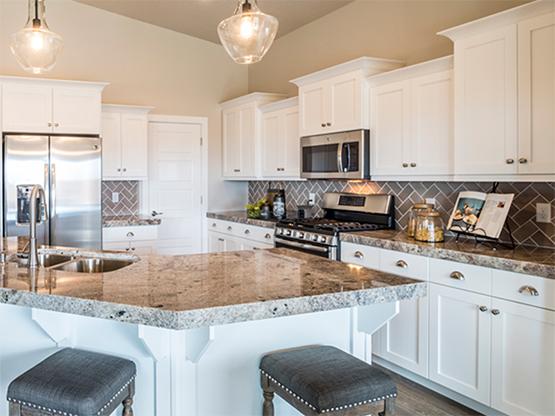When is the Cheapest Time of Year to Buy a House?
Location, location, location – a term you’ve heard countless times for real estate and marketing strategies alike. While location is the single most important factor when it comes to buying a home, it’s usually one of the few factors in home buying that potential buyers consider. What if you were told that all other factors aside – even if it’s that perfect home you want in that expensive location you’ve been dreaming of for years – that waiting just a few months can make a huge impact on price?
While the warmer months of the year seem like the more appealing time to tour houses with your real estate agent, that’s exactly why it’s more expensive during that time. The winter – specifically October through March – usually hosts the lowest prices for home buyers. Of these winter months, the peak time for low prices is January and February, according to Trulia. Homeowners are in a rush to sell houses that have been lingering in the market, resulting in price drops, whether small or large.
When is the worst time of year for prices?
The summertime is generally the worst time of year for homebuyers in regard to price, meaning that prices in the summer are much higher. It mainly comes down to how long the house sits on the market. The longer the house sits on the market, the lower the cost of the house is at closing. The problem with the summertime – beginning with June – is that the turnaround for houses on the market is pretty high. Houses go on the market, and they are purchased fairly quickly in comparison to rates for other months of the year. This shortens the time for price negotiation.
What if you want a wider range of homes to choose from?
If price isn’t the most important factor to you, consider looking for homes in the spring. The housing market in April and May begins to flood, as people are ready to put their homes on the market and you see so many “for sale” signs post-Easter. If you’re prepared for a little less wiggle-room when it comes to price negotiation, but you’re looking at a highly specific set of criteria, spring is the best time for you to look for that perfect home.
How about a middle ground for prices and options?
Lucky for you, a middle ground does exist for these cycles between low prices and more options. This middle ground is the end of summer – towards July or August, once a large percentage of the homes listed in the spring and summer have sold, but the market is still more abundant than in the winter.
In summary,
- If your priority is low prices…start looking in the fall, expecting to buy in the winter.
- If your priority is a variety of homes to look at…start looking in the spring, expecting to buy in the summer.
- If you want an equal balance of price and variety, start looking at the beginning of summer, expect to buy at the end of summer, before the beginning of fall.









